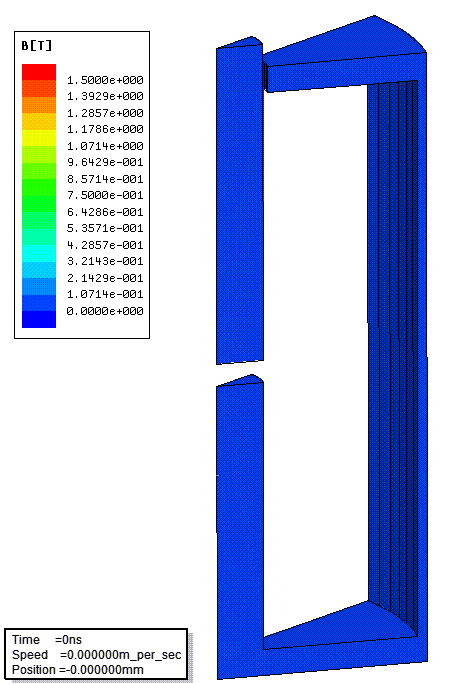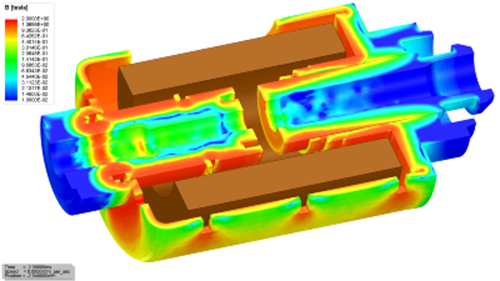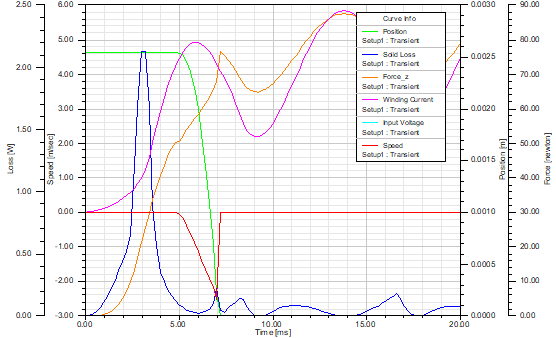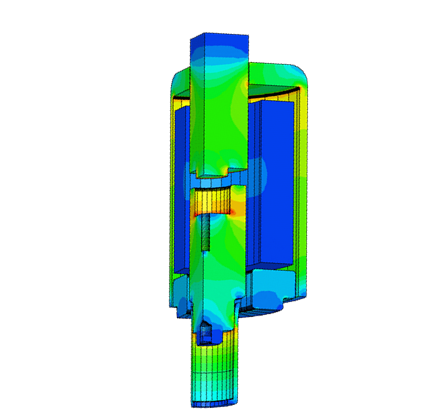Actuators, as we have already seen, have several uses in a variety of industries. This does not imply, however, that all actuators are created equal. You ought to be able to identify the actuator that best meets your needs before making a purchase. Here is a detailed advice on how to pick the ideal actuator for your requirements.
- Step 1: Determine the necessary movement
Do you need to move an object in your project in a linear or rotating manner? While rotary actuators produce circular motion, linear actuators are effective for applying a mechanical force that would move an object in a straight line.
- Step 2: Take into account the energy input
Electrical actuators are gaining popularity as a result of their growing sophistication. In addition, criteria such as how adaptable in handling distinct procedures is gaining importance in the sector. But that does not imply that it is appropriate for all works available. If your task does not require electrical voltage input, think about hydraulic or pneumatic actuators.
- Step 3: Determine the needed level of precision
Some actuators are best suited for demanding tasks in challenging conditions, but they could struggle with smaller tasks like packaging that demand accuracy and the capacity to repeat the same action hundreds or thousands of times.
- Step 4: Determine how much force you require
An actuator’s job is to move or elevate an object. Find out how much this thing weighs in your situation. How much an actuator can lift depends on its load capacity. And while numerous actuators may have a similar appearance, their load capacities will differ. Make sure the weight of your product matches the actuator’s capability before you purchase one.
- Step 5: Find out how far you need to move the object
Distance, or stroke length as it is formally known, is important in this situation. The amount that your object can be moved depends on the stroke length. Actuators with different stroke lengths are frequently sold by manufacturers.
- Step 6: Determine the desired movement speed
Depending on the project, the actuator’s speed is frequently a crucial consideration for most individuals. Projects that demand high force output from actuators typically progress more slowly than ones that produce little force. Distance per second is the unit used to express an actuator’s speed.
- Step 7: Take into account the working environment
Does the actuator need to operate in a harsh environment where humidity or dust are a concern? In this situation, picking a product with a greater protection rating might be a good idea.
- Step 8: Select the mounting type
Actuators are available in a variety of mounting options, therefore before purchasing an actuator, it is important to understand their advantages. A linear electric actuator, for instance, can pivot on both sides while extending and retracting thanks to a dual-pivot attachment mechanism. This allows the program to move along a fixed path with two free pivot points.
On the other hand, motions like pressing a button benefit from stationary mounting, which fastens the actuator to a piece of equipment along the shaft. You ought to be able to reduce your selections at this point to a much smaller pool than when you first started.
You’ll need to focus even more on this point forward. For instance, there are various types of linear actuators available for various functions. The most popular and straightforward of them, the rod-style, has a shaft that expands and retracts.
When space is a concern, a track design that maintains its overall length or size throughout operation is preferable. It would be excellent to set up TV and table lifts using column lifts and other actuators. Considerations like operating voltage and motor type may also be important.
Actuators and Solenoid Design Support
SimuTech Group Actuators and Solenoids Consulting engineers actively support businesses with electrical linear actuator design and production. Contact our staff right away to learn more how electrical actuator optimization can mitigate daily operating expenses (systems) and maximize product-oriented ROI (commodity).





 Position, loss, force, current, voltage, speed vs. time
Position, loss, force, current, voltage, speed vs. time
